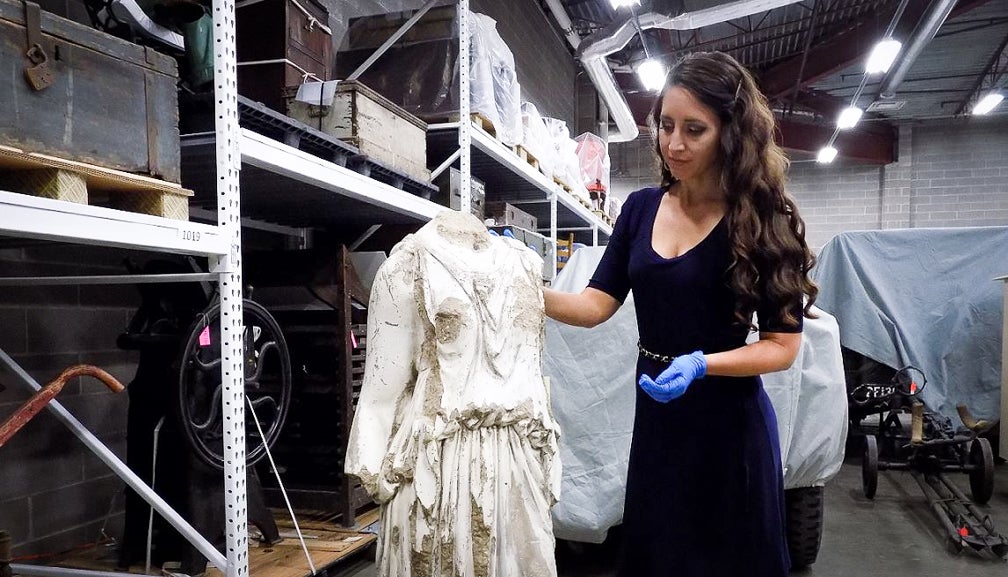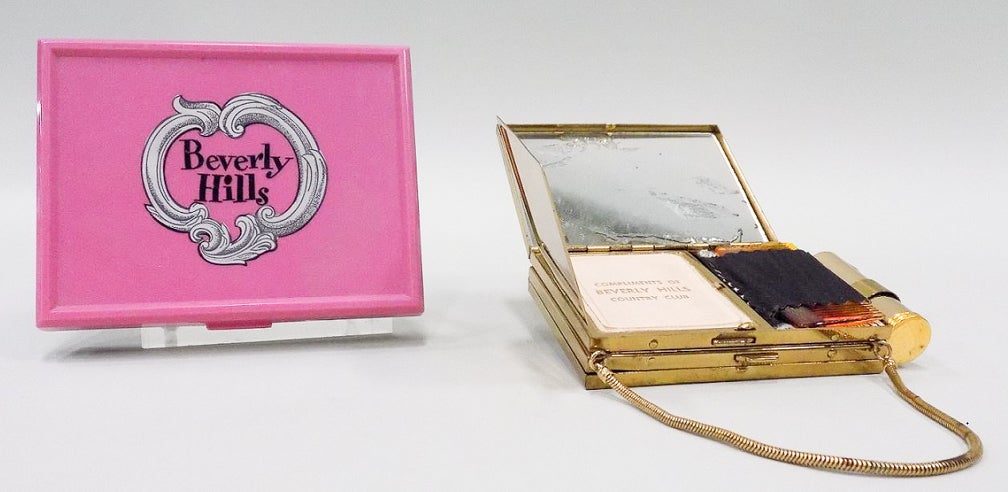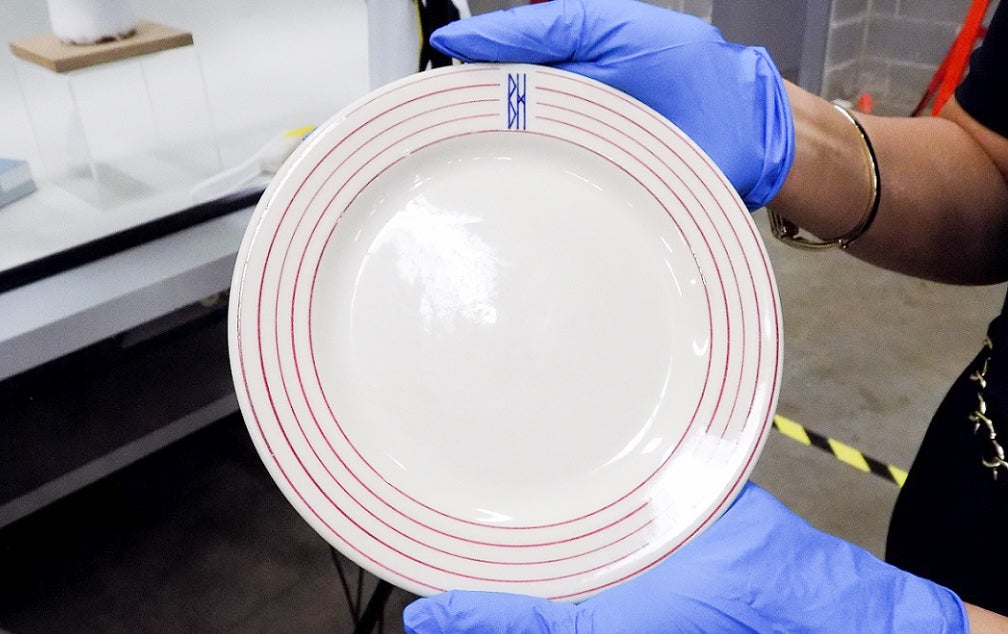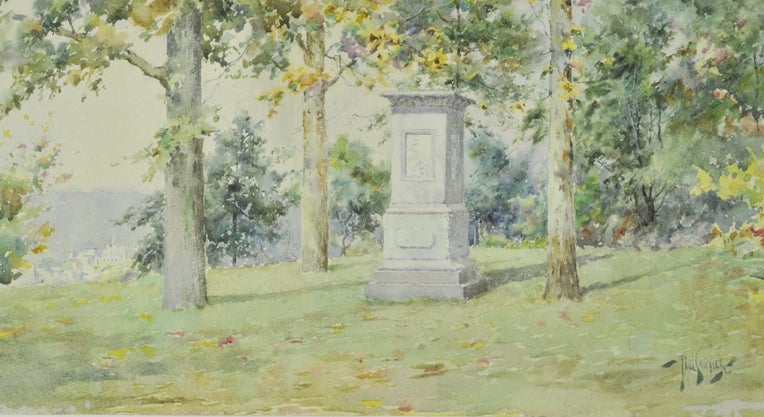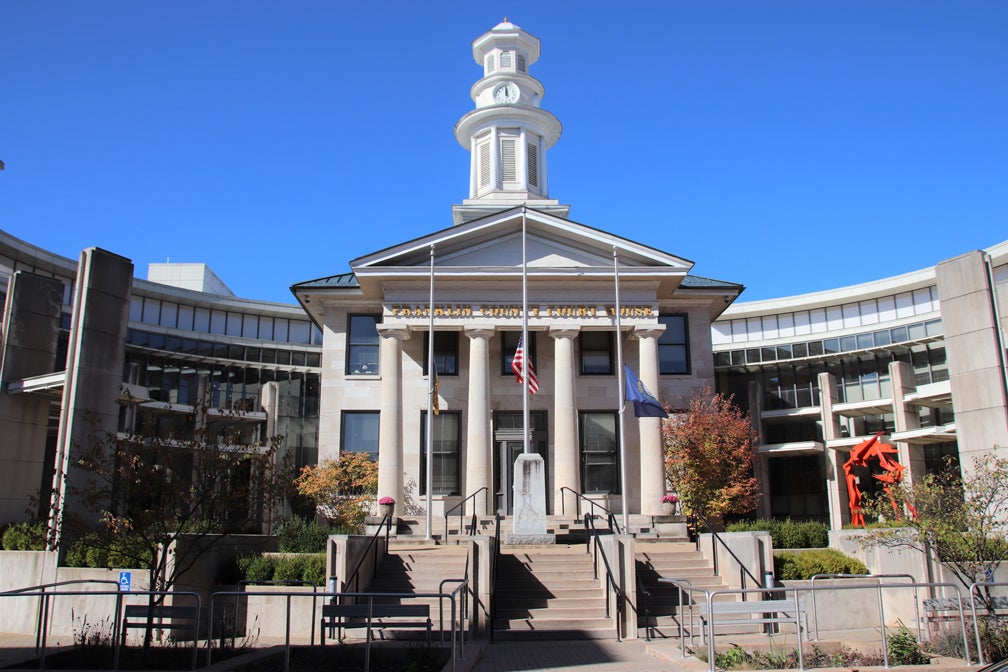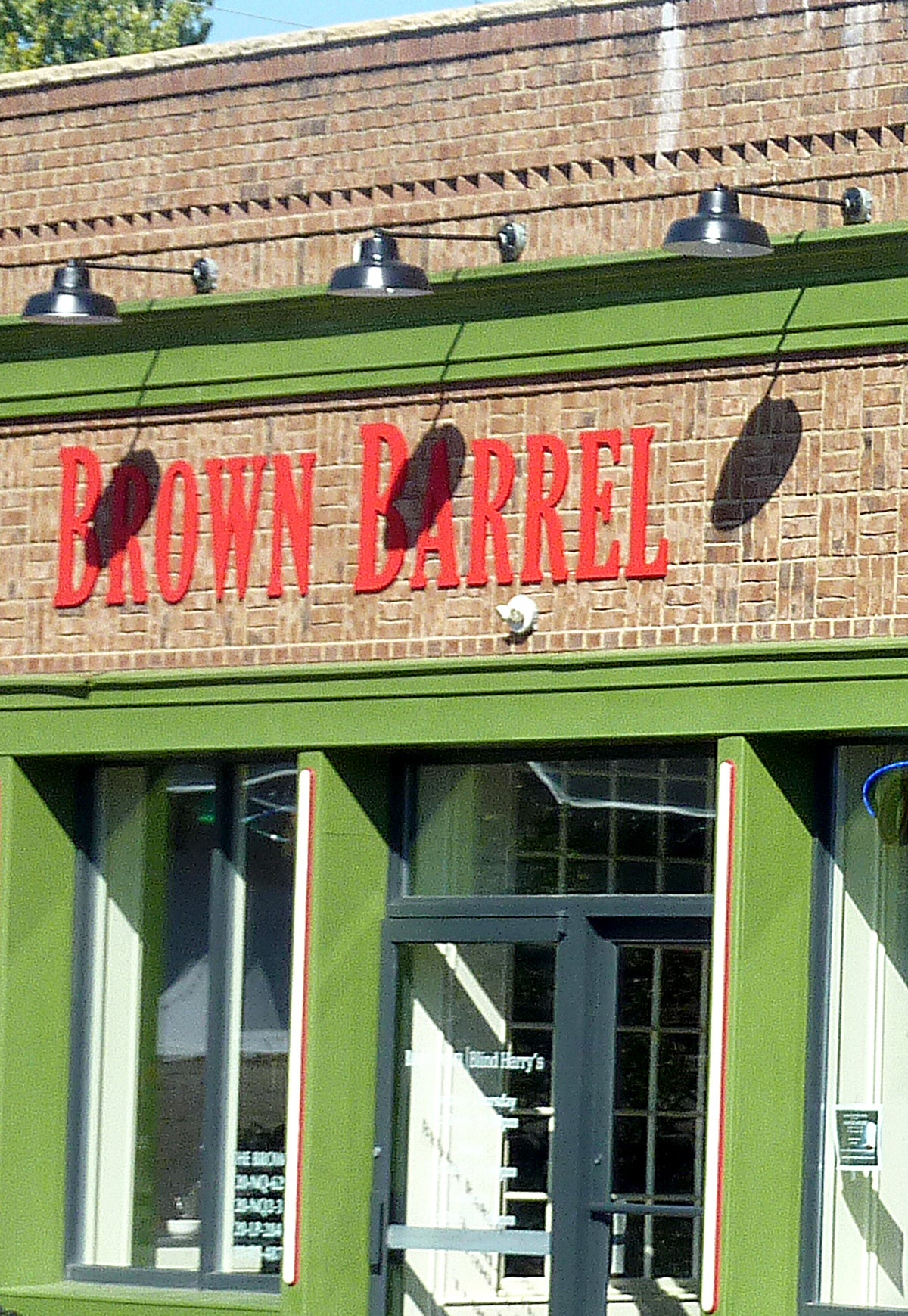By Stuart W. Sanders,
Anyone living in Kentucky during the mid-1970s knows about the tragedy of the Beverly Hills Supper Club fire in Southgate.
On May 28, 1977, at least 165 people died in the blaze, which proved to be the third-worst nightclub fire in U.S. history.
Thanks to two generous donors, the Kentucky Historical Society (KHS) can now tell the story of this tragedy.
According to KHS registrar Beth Caffery Carter, the donors spent years collecting objects related to the club and the fire. When they decided to find a permanent home for the items, they contacted KHS.
“They were thinking about the future of this collection and they wanted to make sure it went to a public repository where people could remember the club and the victims,” Carter said.
The collection includes 218 items — everything from plates, cups, napkins, chairs, soup bowls, wine glasses, serving dishes and utensils to staff uniforms, ashtrays, lamps and more.
“The archival collection also includes business cards, photos, menus, a cancelled check, a postcard and seven books for the library collection,” Carter added.
Several of the artifacts were damaged in the fire, including a melted linoleum floor tile.
“Those were the hardest things to process from that collection,” Carter said. “For every artifact we do a condition report. To have to say that this is charred and I know why it’s damaged, hit home for me. It’s not just an artifact at that point, because there are human lives involved, including victims and their families and friends.”
Carter said that the piece that affects her the most is a statue that once stood near the club’s wedding chapel.
“It’s missing its head and both of its arms. It’s damaged and chipped and it stayed out on the site of club for 20 years,” she said.
The statue can be seen in photographs that document the aftermath of the blaze. It stands in a field as bulldozers clean up the remnants of the burned club.
“We keep that photo with the statue in our collections storage,” Carter said. “People who see it, it resonates with them.”
She added that those who view the artifacts frequently have an emotional reaction.
“I’ve seen jaws drop as they remember the fire,” Carter said. “Although they may not have known anyone in the building the night of the tragedy, they still remember it and feel connected to it. I’ve also met a number of people who knew someone who died in the fire or maybe they were supposed to be there that night. The artifacts have an effect on them.”
Although the fire happened more than 42 years ago, the collection helps KHS examine modern issues of importance.
“Having these artifacts allows us to tell the narrative of the club, the tragedy and the lives that were impacted. It also connects to modern fire codes and regulations that affect buildings today. This is not just a thing that happened in the past, it still impacts us now,” Carter said.
Most important, she said, is that these objects help us remember the fire.
“As more time passes, these artifacts give us a way to talk about the tragedy and the history of the club, which was a cultural icon,” she said.
“We need to have this collection so that we don’t forget about it.”
To view objects from this collection, visit KHS’s artifacts catalog at history.ky.gov.

